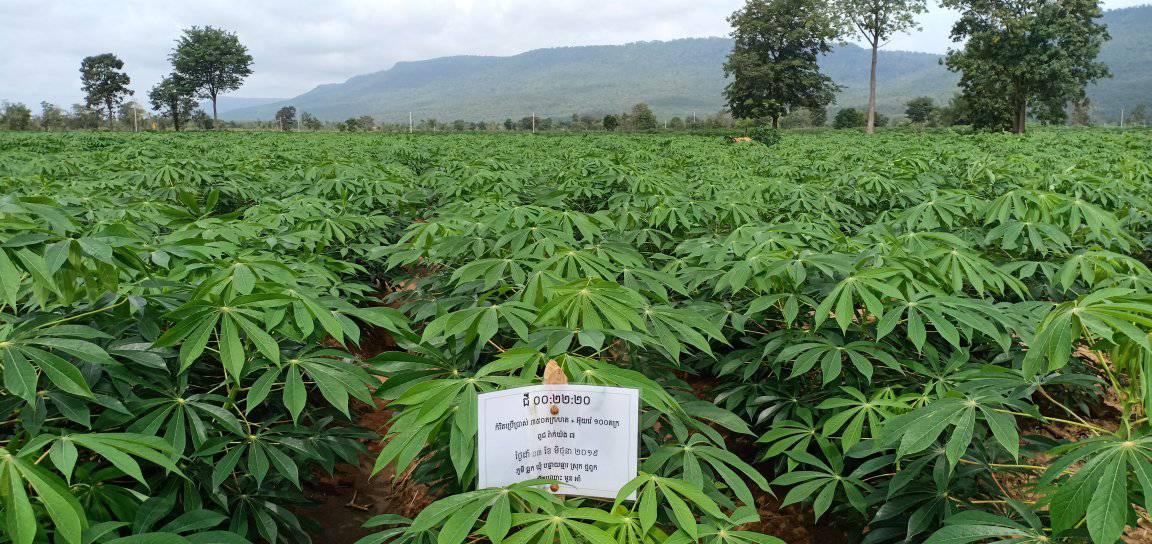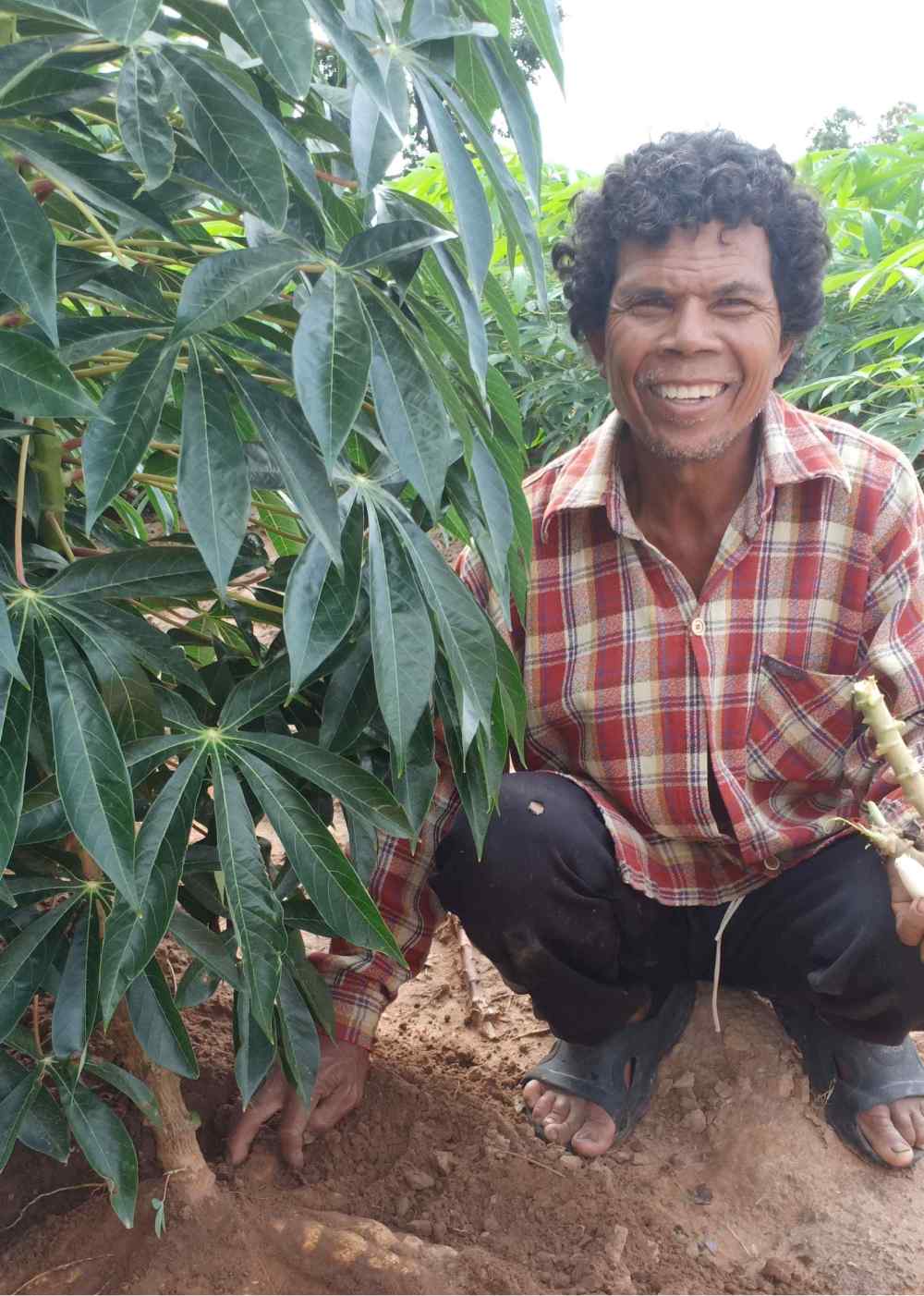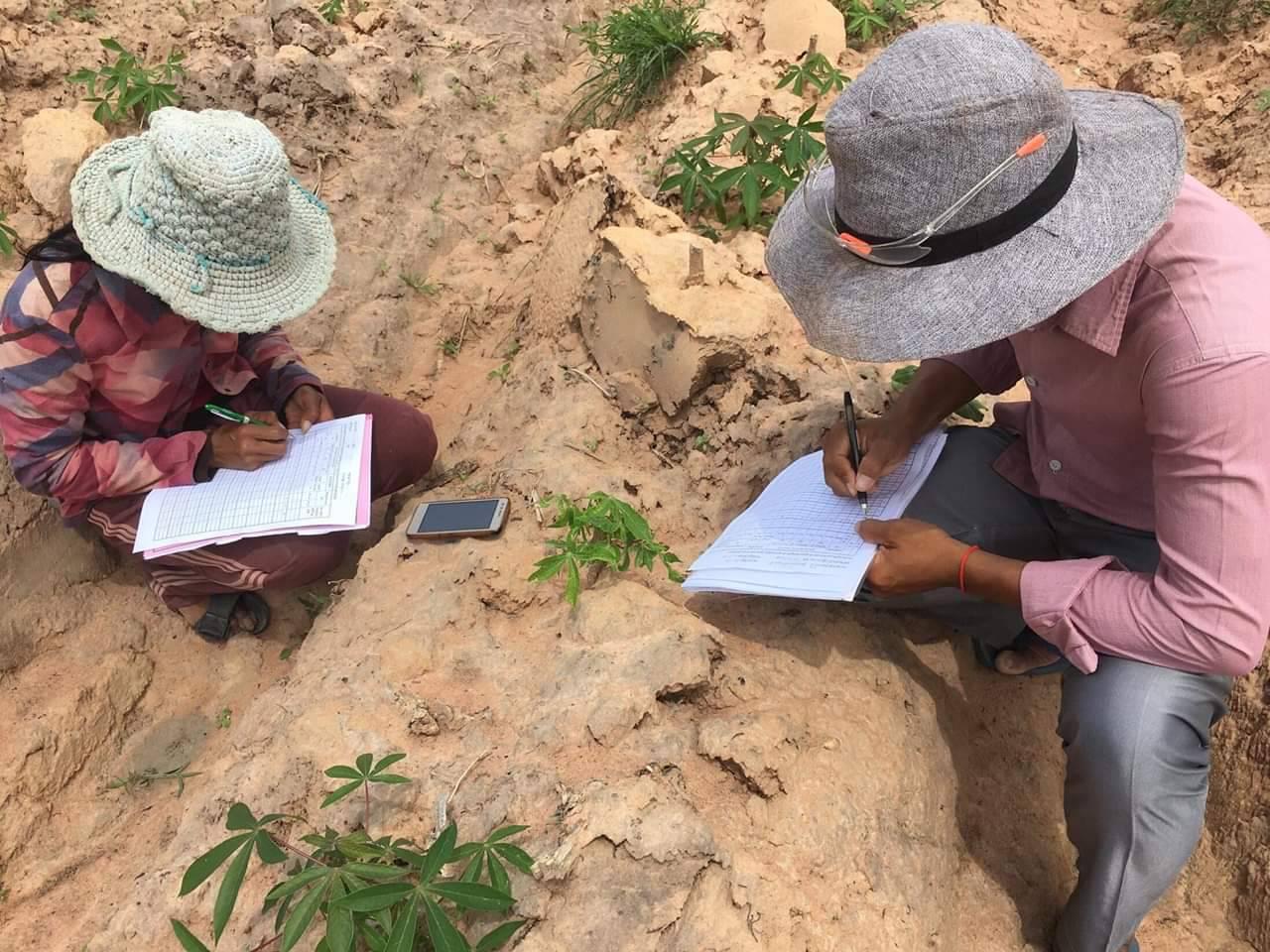With the rural population making up more than three fourths of its total population, Cambodia is considered less urbanized than most of its neighbors despite recent rapid progress. As the country’s fertility rate continues to drop, Cambodia has entered a demographic bonus period with a large young workforce. Remarkable development in the tourism, garment manufacturing, construction, real estate, and agriculture sectors have accounted for an average annual growth rate of 7.7% in the country over the last decade. Foreign Direct Investment has been growing exponentially, increasing Cambodia’s GDP by nearly 12% from 2003 to 2019. However, a weak private sector, gaps in infrastructure, degraded natural capital, and lack of industrial diversification continues to hinder further economic progress.
About Cambodia
More
Cambodia remains one of the poorest countries in Asia, with about 90% of the impoverished population living in the countryside. An extremely underdeveloped education system (which ranks lowest in Southeast Asia) and the struggling universal health coverage are not yet capable of delivering quality lives and personal development opportunities to most of the individuals in the country.
Sustaining pro-poor growth and improving access to effective public services remain key development priorities.
Our Impact
IIRR’s impact in Cambodia over the years
2012
400
44655
10300
1500
Story from the field
IIRR’s Boosting Cambodia’s Sustainable Cassave Farming project in the Banteay Meanchey and Oddar Meanchey provinces introduce sustainable farming techniques in order to maintain soil fertility and increase yield per hectare. This project is one of many that have improved the lives of rural people in Cambodia. The impact of this project is best demonstrated in the individual lives that have seen prosperity during its tenure.


Mr. Neab Nei, is a cassava demonstration farmer with the RED IV Program in Banteay Meanchey province. He has joined the training and capacity-building activities provided by the IIRR. Together with other farmers, he has participated in technical training, follow-up visits, and coaching.
He has learned the cropping system, good planting material selection, storage, land preparation, planting technique, fertilizer application, weed, and pest management among others. The training also included ideas for operating a successful cassava business, how cassava could be sold at a better price that provides farmers with a higher profit, He now knows how to select good planting materials used for cutting the cassava stems.
The success of growing a healthy cassava also relies on how it is cut. If done incorrectly, the cassava would grow slowly and would be susceptible to pests and disease which can result in low yield and income.
Since attending the training, he understands the competition of nutrient absorption between cassava and weed. He is now trying to conduct more weeding to enhance the growth and development of the cassava.
”Appropriate fertilizer application has enabled me to save expenses on buying fertilizer from the market, and more importantly to make cassava grow fast in good performance. My income had significantly increased from $441 to $1,088. That’s over 240% increase. I am grateful.
Mr. Neab NeiFarmer in Cambodia

Want to know more?
Explore our RED IV Training Project in Cambodia
Red IV Training Program in Cambodia
This program provided quality skilling oppurtunities for Cassava farmers in Cambodia
Learn more


